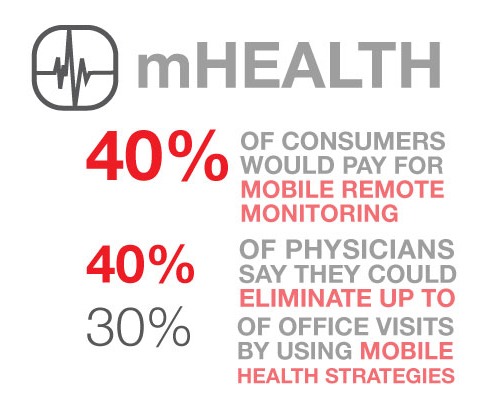Successful bone fusion requires three critical elements: an osteogenic potential capable of directly providing cells to the newly forming bone, osteoinductive factors that can cause osteoprogenitor stem cells to differentiate into osteoblasts, and an osteoconductive scaffold that facilitates neovascularization and supports the ingrowth of bone.
Successful bone fusion requires three critical elements: an osteogenic potential capable of directly providing cells to the newly forming bone, osteoinductive factors that can cause osteoprogenitor stem cells to differentiate into osteoblasts, and an osteoconductive scaffold that facilitates neovascularization and supports the ingrowth of bone.
[Inset: DePuy Vertigraft]
A number of companies are working in the Biologics space, not only marketing present products but also developing novel proprietary products. Among the interesting developments worth watching are new technologies for bone and disc regeneration, and advances in gene therapy and in osteoinductive proteins and carrier matrices, and mesenchymal stem cells.
See the MedMarket Diligence report #M520 for details (interim report available).

